
Photo: MEMO
Bethlehem, 14 Rabi’ul Akhir 1438/13 January 2017 (MINA) – The Palestinian village of Al-Walaja on the outskirts of Bethlehem in the West Bank has been described by visitors as “paradise on earth”.
The village occupied by Israel in 1967 is known for its natural springs, especially the historical Al-Haniyah spring.
Palestinian residents of the village, however, say Israel’s occupation authorities seek to build a park near the spring for the exclusive use of Jewish settlers, Middle East Monitor (MEMO) reported.
Khader Al-Araj, governor of Al-Walaja, told Anadolu Agency that, before the Israeli occupation, the spring had been used to irrigate crops in the village.
Also Read: Hamas Agrees to Release 10 Israeli Hostages Amid Ongoing Gaza Ceasefire Talks
“But now the Israeli authorities want to turn the area near the spring into a park for Jewish settlers,” al-Araj said.
“The Israelis want to Judaize the area and efface its historical Arab identity,” he asserted.
“Israel is doing this on the pretext of setting up an army checkpoint in the area, but their real intention is to capture the spring,” the governor added.
Al-Araj went on to describe the area pre-occupation as “one of the most beautiful areas of Palestine”.
Also Read: Israel Kidnaps Over 30 Palestinians in West Bank, Including Children
In 1948, armed Zionist gangs occupied the village, terrorising its Palestinian residents and restricting their movement.
Not long afterwards, some of the village’s original inhabitants returned to the area and established a new village there.
Now, 2,500 Palestinians live on 2,000 dunums of land on which Al-Walaja sits (one dunum is equivalent to 1,000 square meters) down from an original 17,000 dunums before the occupation.
According to Al-Araj, some legal measures have been taken with a view to preventing the Israeli authorities from annexing the land near the spring.
Also Read: Israel’s Aggression on Gaza Continues With Mounting Civilian Casualties and Destruction
The Palestinian Foreign Ministry, for its part, said in December that it had lodged an “urgent protest” with UNESCO (the UN’s educational and cultural agency) against the Israeli scheme.
In its complaint to UNESCO, the ministry accused Israel of seeking to “Judaize” the historical spring, changing its Arabic name to a Hebrew one.
Ahmad Barghout, a farmer in Al-Walaja, depends to a large extent on the water produced by the spring to irrigate his land.
“Our village is traditionally known for its vegetables,” he told Anadolu Agency. “The inhabitants of Jerusalem have historically relied on our produce.”
Also Read: Health Ministry Warns of Rising Meningitis Cases Among Children in Gaza
“Now the occupation authorities want to stop us from even approaching the spring,” he said.
“Jewish settlers come here every day under the protection of Israeli troops,” Barghout said bitterly. “They want to seize our land and force us to leave.”
In 2002, Israel built its infamous West Bank separation barrier with the stated aim of preventing Palestinian resistance attacks following the eruption of the Second Intifada (“uprising”) one year earlier.
According to Palestinian government statistics, roughly 12 percent of the West Bank, some 680 square kilometres, about two-thirds of which is agricultural land – has been swallowed up by the barrier.
Also Read: Israel Holds 10,800 Palestinians in Detention, Rights Groups Say
Israel occupied East Jerusalem and the West Bank during the 1967 Middle East War. It annexed the entire city in 1980, claiming it as the capital of the Jewish state in a move never recognised by the international community.(T/R04/RS05)
Mi’raj Islamic News Agency (MINA)
Also Read: Palestinian Authority Warns of Increased Settler Raids on Al-Aqsa Mosque









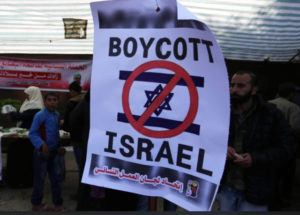
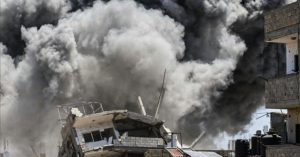
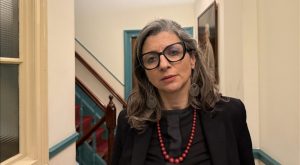


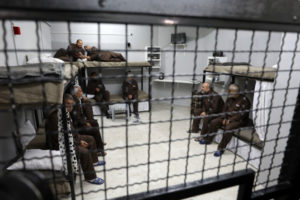
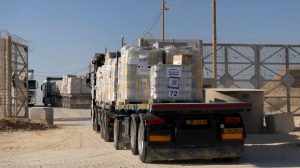




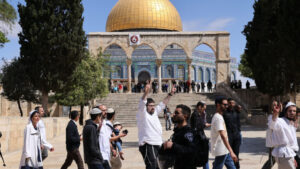
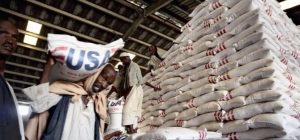


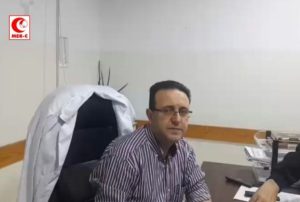


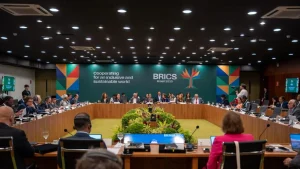



 Mina Indonesia
Mina Indonesia Mina Arabic
Mina Arabic